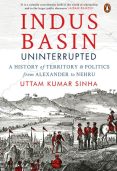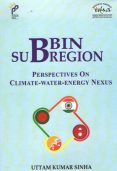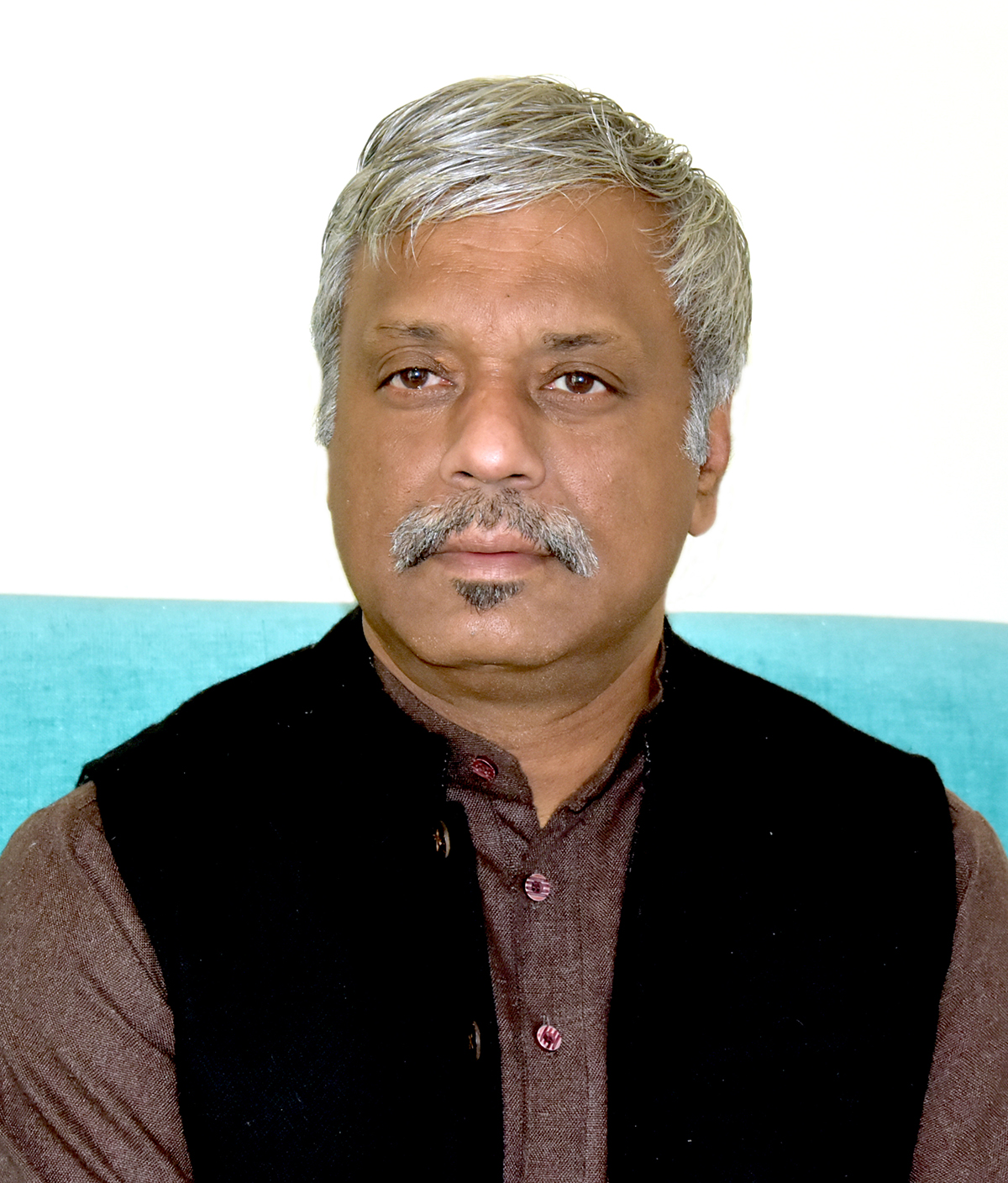Chanakya: An Empiricist as a Philosopher
At the outset, it is important to put on record the epistemological root of the reading of Chanakya’s Arthashastra applicable to this commentary. The main text is from the translated volume by L.N. Rangarajan, titled Kautilya: The Arthashastra published by Penguin in 1992. Rangarajan has himself stated that he was guided by two versions of the original treatise of R. Samasastry and R.P. Kangle.
Water Issues in the Near East and South Asia Region: Risks and Solutions
With water concerns growing increasingly urgent, the global community will benefit from a treatment of the lessons learned and best practices in water dispute resolutions and approaches to water management. This report discusses the outcome of a working group of water experts from the Near East and South Asia (NESA) region,1 set up by the Strategic Studies Network, National Defense University, Washington DC.
The Legal Regime of the Arctic and India’s Role and Options
The Arctic Ocean is melting. Essentially, this means that new sea routes will open up for international navigation, and large resources, especially oil and gas, lying underneath the frozen ice will become more accessible and exploitable. Therefore, in the emerging contemporary debates concerning the Arctic, two important questions are raised: what is the legal regime that applies to navigation in new shipping routes that will open up with the melting of Arctic ice and what is the legal regime that governs the exploitation of the vast oil and gas resources?
The Arctic and India: Strategic Awareness and Scientific Engagement
A global temperature rise is being experienced earliest and most intensely in the Arctic region. The changes are worrying but the commercial interests are equally enticing. The Arctic is witnessing the convergence of the geophysical, the geo-economic and the geostrategic in strange and dramatic ways, making it a paradox and an antithesis. For India, the Arctic is distant when it comes to economic interests and near when it comes to climate change.
Russia’s Strategic Concerns in the Arctic and Its Impact on Japan–Russia Relations
Russia places a high strategic priority on the Arctic from a security perspective, in view of the need to secure the Northern Sea Route as well as develop natural resources in the region. While large-scale snap military inspections were taking place in Russia’s Far East in July 2013, five Chinese navy vessels passed into the Sea of Okhotsk—the first such instance in history.
Russia’s China Policy in the Arctic
This article discusses the type of partnership Russia pursues towards China in the Arctic. Through evidence, the author finds that while Russia may be aiming for an overall strategic partnership, Arctic developments on the whole conclude on a pragmatic approach. Russia needs assistance to develop the Arctic and an eastward diversification is opportune. Russia’s energy development in the Arctic indicates an emerging strategic co-operation with China, but policies towards Beijing concerning the Arctic Council and the Northern Sea Route prove to be more pragmatic.
Arctic: The Next Great Game in Energy Geopolitics?
As global warming and melting of the ice is making the Arctic increasingly accessible, the region’s hydrocarbon riches are attracting international interest. Thus far, despite the presence of vast untapped energy and mineral resources, the Arctic is not considered a geopolitical hotspot. In fact, many of the Arctic states have dismissed the possibility of conflict over the region’s spoils due to the collaborative governance model that has been established.
Asian Stakes and Arctic Governance
Building on stakeholder management theory, this article examines the salience of Asian stakes in three key areas of Arctic governance: management and use of natural resources; shipping; and environmental protection. The Asian states that are now permanent observers in the Arctic Council have significant stakes in Arctic governance, but their salience varies considerably across these issue areas.
The Arctic: An Antithesis
The Arctic ice is melting faster than predicted. In August 2012, calculations based on the satellite imagery indicated that the summer sea ice loss was 50 per cent higher than earlier estimates. 1 Scientific evidence now suggests that the Arctic, by the middle of the century, will be ice free in the summer. Scientists call it the ‘Arctic amplification’—the reduction in the ice cover not only reduces the reflection of the sunlight but also increases the absorption of heat as the darker water is exposed.
Relevance of Kautilya’s Arthasastra
The community of scholars needs to study Kautilya's Arthasastra and apply his concepts to political theory and other fields of enquiry, such as intelligence, internal security, war, foreign policy, sociology, political psychology, law, accounting and management. In the past, scholars had to memorise the sutras. This may not be possible now given the declining knowledge of Sanskrit. However, this is no longer a hindrance. The first ever English translation of the text was carried out by Shamasastry, but there are now other English translations of the Arthasastra such as that by R.P.











